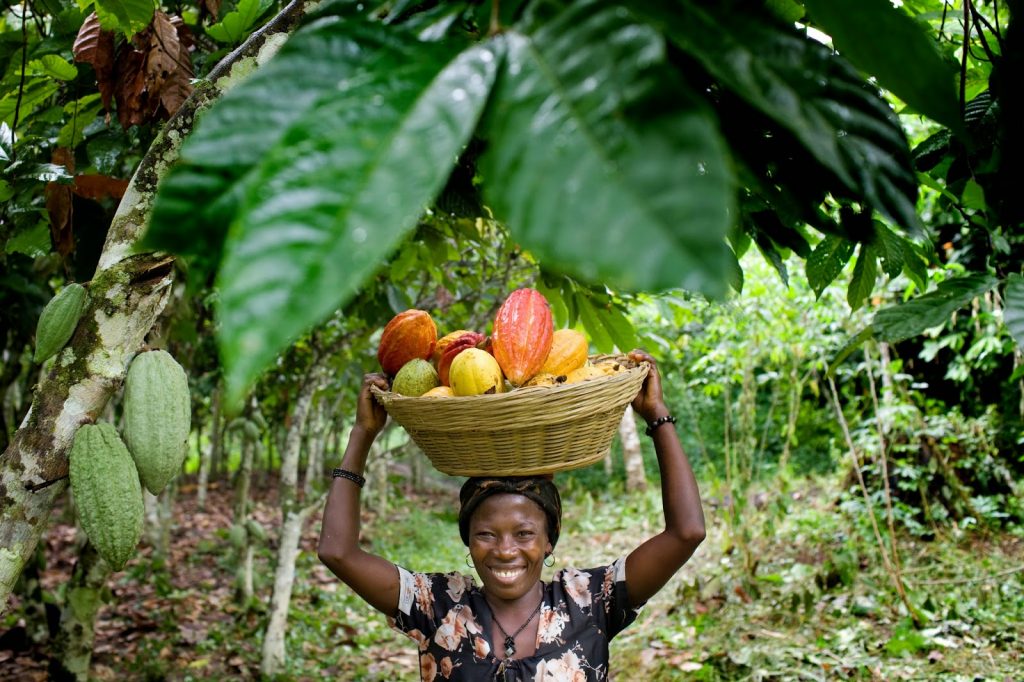About 1.6 million children are estimated to work in cocoa production in Ivory Coast and Ghana, some for their parents and some trafficked from other countries
Ghana and Ivory Coast’s move this week to set a minimum price for cocoa beans could help reduce child labour, though it will not be enough on its own, advocates said on Friday.

The two West African countries, which together supply about 65 percent of the world’s cocoa, proposed a floor price of $2,600 per tonne in an effort to improve the livelihoods of poor family farmers who produce for major chocolate companies.
The minimum price, which cocoa buyers agreed on Wednesday, is only slightly above the current market rate but could protect farmers from fluctuations. The going price was $3,200 per tonne three years ago before plummeting due to oversupply.
“I think we should applaud this as a step forward,” said Daan de Wit, spokesman for the Sustainable Trade Initiative.
Now that there is a minimum price for the first time, organisations may be able to advocate for a higher one, he said.
About 1.6 million children are estimated to work in cocoa production in Ivory Coast and Ghana, some for their parents and some trafficked from other countries, according to a 2018 report by the Walk Free Foundation.
Poverty is a root cause, leaving many cocoa farmers unable to hire adult workers, said the anti-slavery organisation.
Most cocoa producing families live below the World Bank’s poverty line of $2 a day, according to the International Cocoa Initiative (ICI), a Swiss-based foundation for child rights.
Setting a minimum price will make a difference only if it is part of a broader strategy to help farming communities, said Matthias Lange, ICI programme and policy director.
“In itself it is not sufficient as an element to tackle farmer poverty, and tackling farmer poverty is key but also not completely sufficient to tackle child labour,” Lange said.
It is unclear how the minimum price will break down between producers, traders and taxes, and how much farmers benefit will depend on how it is implemented, he said.
“I would say it will offer some level of protection for farmers,” he said. “(But) farmers are poor, farmers were poor and somehow farmers will remain poor with this price level.”
Some researchers have said raising prices is the main solution to ending child labour.
A U.S. study this month said Ghana could keep children out of cocoa fields by increasing the price it pays farmers by about 50%, but that paying just 3% more could stop children doing the most dangerous tasks, like using machetes.

